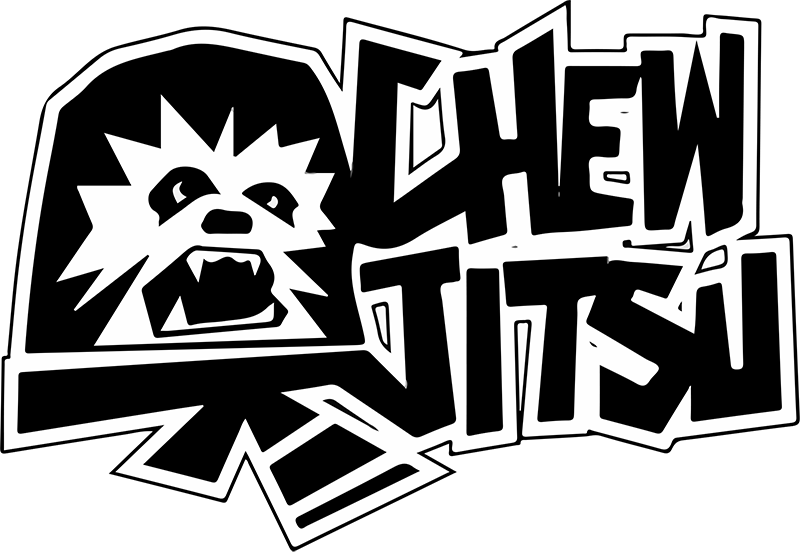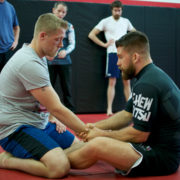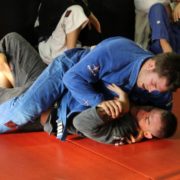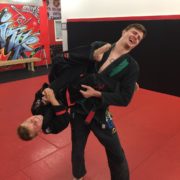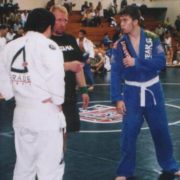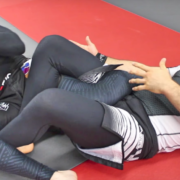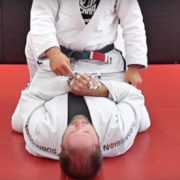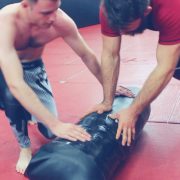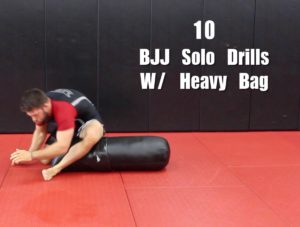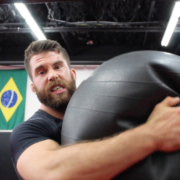Don’t Ignore or Overlook Grip Fighting in BJJ
Want to stop your opponent’s techniques before they start? Want to disrupt what your opponent is able to do before it even begins.
We all do right?
Well here’s what I’ve figured out.
By dominating grips, you do just this!
Identify Their Primary Grip
Before a match if I am able to watch video of an opponent. I might see that they like to play a Half Guard game. Half Guard has a few particular grips necessary for effective action.
So when I go into the match. I focus less on how to stop their techniques and how to prevent their grips. Grips are the prerequisite for the technique.
In the gym when rolling with someone knew. I often play a game where I break grips and then let go so they can re grip. Then I look for the pattern. I follow their hands and see which grips they continually go for over and over again.
This let’s me know what they are up to.
After I identify the grip they are really going for. I attempt to take it away from them. And this forces them to take a new plan of action.
Good Black Belts Do This
I’m sharing this message with you guys because this past weekend we had Kristian Woodmansee in our gym doing a seminar. And during his seminar he showed some beautiful adjustments, passing and great grip breaks.
What I really enjoyed about it was the methodology and process of his game. It’s a brutally effective process good Black belts have. The process is simple but not easy. . .
Take Your Opponent’s Grips Away -> Get What You Want -> Force Them to Play Where You Want
And I always like to reiterate this message to people. Because grip fighting goes often overlooked early on. I know I did for years (as I talk about in this previous post). Grip fighting looks simple, it’s not sexy, but it’s brutally effective and efficient.
More BJJ Grip Fighting Videos Coming!
Currently I’m finishing up an additional add on series for my BJJ Grip Fighting series.
Currently the series is mostly focused on BJJ grip fighting from the feet. With a little from the ground. Simple, easy to use techniques and adjustments. The new add ons will be focused on the ground and dominating grips once it hits the floor.
You can check out the BJJ Grip Fighting series (Click here)
If you’ve already got the series. I’ll let you know when the new videos are up!
And regardless of whether or not you want the series.
Here’s a little BJJ grip fighting takeaway for your training today!
- When you roll with your training partners. Identify their main grip. Maybe it’s a cross collar, maybe it’s a under hook, a lapel. . . whatever.
- Then focus your energy on controlling that grip and don’t let them have it.
- Make your whole focus on stopping that grip! And just see what happens. See how it forces them out of their normal game.
If you don’t do this already. They might even mention something to you about it after the roll.
Talk soon!
-Chewy
